2 Week Baltic Itinerary
Animated with atmospheric streets, eye-catching edifices and enchanting natural escapes, the Baltics is nothing short of baffling. Before you jet-set off on your next escape, save this 2 Week Baltic Itinerary!
Fringed with forested slopes, whimsical wildlife and history-ridden castles aplenty, the Baltics are one of Europe’s most underrated destinations.
Estonia, Latvia and Lithuania are lapped by lyrical landscapes that are sure to keep you on the edge of your seat. With a wealth of buzzing cities, sweeping beaches and natural splendour, there are both rural and resplendent opportunities awaiting you.
How to Spend 2 Weeks in the Baltics Itinerary: Lithuania, Estonia & Latvia
So, you’re probably wondering what’s the best way to spend 2 weeks in the Baltics. Touted as a historic hot spot, you can bet your bottom dollar there’s plenty to see and do.
Beyond the major capital cities Tallinn, Riga and Vilnius, there’s a lot beneath the surface. With perplexing islands, dense national parks and hidden gems tucked along the coast, the Baltics is brimming with different options.
Wind through the sacred pilgrimage sites in Lithuania, discover the ancient castles in Estonia and bask in the near-empty blue waters in Latvia. Here’s a quick breakdown of what’s covered in this Baltic itinerary:
Day 1-3: Vilnius & Trakai Island, Lithuania
Day 4: Aukštaitija National Park, Lithuania
Day 5-7: Riga, Latvia
Day 8-9: Kuldīga, Latvia
Day 10-12: Tallinn, Estonia
Day 13-14: Pärnu, Estonia
Day 1-3: Vilnius & Trakai Island, Lithuania
After arriving at Vilnius Airport, get the ball rolling in the beating heart of the country. Start off your Baltic itinerary in Lithuania’s capital city, Vilnius.
Scattered with stunning architecture, countless churches and gloriously green gardens, Vilnius boasts it all. Mosey through the centuries-old Glass Quarter, peer up at the Gediminas' Tower and unleash your inner artist in the mysterious MO Museum.
Strut your stuff down Pilies Street, soak up the afternoon ambience in Cathedral Square and head into the history-rich Palace of the Grand Dukes of Lithuania. Take a step outside of city life and step foot inside the verdant Bernardine Garden, kick back with a picnic in Vingis Park and pop by the Gates of Dawn.
Feast your eyes at St. Anne’s Church, swing past the Three Crosses Monument and watch the sun go down from the height of the Vilnius TV Tower.
Escape the hustle and bustle on a day trip out to the fairytale-like Trakai Island Castle.
Things to do in Vilnius & Trakai Island:
Discover the sacred Hill of Crosses
Learn about all the history on an Old Town tour
Feel the magic on a Trakai Island tour
Visit the open-air art exhibition
Get active on a city bike tour
Where to Stay in Vilnius & Trakai Island:
€: Moon Garden
Day 4: Aukštaitija National Park, Lithuania
Following a fun few days in the city centre, take a step back into the northern skirts of nature. Catch a high-speed train or drive up to head up to Lithuania’s Aukštaitija National Park.
Lain with lush forests, trickling lakes and stately stoney outcrops, Aukštaitija National Park is a nature lover’s oasis. Trek along the towering oak tree trails, go kayaking in the fresh spring waters and keep an eye out for the bountiful wildlife.
Go for a dip in one of the country’s deepest lakes, Lake Tauragnas, dive deep into the diversity at the Museum of Ancient Beekeeping and hit the heights of the Šilinškės Observation Tower. Step foot inside the quaint village of Ginucaiai, visit the iconic windmill and stroll up to Castle Hill. Pop into Paluse and sit by Lake Lusiai and get your adrenaline pumping as you hike up the Lake Ilgis Trail or the Šilinškės Ridge Route.
Things to do in Aukštaitija National Park:
Get active (and sweaty) on a wild hiking tour
Reach the top of the Labanoras Regional Park Observation Tower
Get refreshed in the Medziukalnis Springs
Visit the Stone Mokas
Hit the heights of Lygumai Mountain
Lock eyes with the Ščiūio Ragas Peninsula
Where to Stay near Aukštaitija National Park:
€: Palūšės kopa
€€: Vila Arjola
€€€: Ezerinis
Day 5-7: Riga, Latvia
After spending a day exploring Aukštaitija National Park, cross over Lithuania’s border. Hop on a high-speed train (two to be exact) or get warmed up in the car and head into Latvia’s capital city, Riga.
Coined as the crown jewel of Latvia, Riga is replete with resplendent architecture, bustling marketplaces and meticulously manicured gardens. Spend the next three days basking in all the beauty on offer in this part of the Baltic itinerary. Wander astray in the alley-woven, UNESCO World Heritage Listed Old Town, watch a performance in the Latvian National Opera and step inside the picture-perfect House of the Black Heads.
Admire the Art Nouveau architecture, peruse the towering Freedom Monument and shop for local delicacies in the Riga Central Market. Discover the dazzling St. Peter’s Church, check out the Riga Cathedral and bask in the beauty of Bastejkalna Park.
Things to do in Riga:
Check out the Hill of Crosses
See it all on a sightseeing boat tour
Visit the contemporary National Library of Latvia
Go full sightseeing mode on the hop-on hop-off bus
Discover the depths of the Old Town on a walking tour
Explore the Three Brothers, Latvian Museum of Architecture
Where to Stay in Riga:
€€€: A22 Hotel
Day 8-9: Kuldīga, Latvia
After a couple of days in Latvia’s capital, get a bus or drive over to Kuldīga.
Home to enchanting castles, rolling waterfalls and an abundance of museums, Kuldiga makes for a fantastic foray. Soak up all the quaint countryside ambience from the peaceful gardens, head underground in the sandstone mines and be enchanted by the fairytale-like finds.
Cross over the famous Brick Bridge, go deep into the history of the Kuldiga District Museum and go bungy jumping in Dārzu celš. Stop by the Pelču pils muiza castle and make your way to the Alekšupīte Waterfall.
Things to do in Kuldīga:
Visit the Venta Rapid Waterfall
Get lost in Kemeri National Park & Jurmala
Discover the Kuldiga Town Garden & Sculpture Park
Uncover the depths of the Riezupe sand caves
Where to Stay in Kuldīga:
€€: Apartamenti Kuldiga Elzas Room
€€: Putraimi
Day 10-12: Tallinn, Estonia
After embarking on an adventure around Latvia, make your way across the border into Estonia. Catch a flight, drive or jump on an overnight bus to the capital city, Tallinn.
Magnified with a mix of modern and old, Tallinn is teeming with pleasurable pursuits. Boasting a buzzing nightlife scene, medieval Old Town and myriad museums, there’s plenty to keep you entertained. Crowned with coast-hugging promenades, stately monuments and sandy beaches, this spot is one of the top places to bring your Baltic itinerary to a close.
Release your inner artist at the Kadriorg Art Museum, hit the heights of the Tallinn TV Tower and soak up city life from the Tallinn Town Hall. Stroll through the vibrant gardens in Kadriorg Park, pop by St Olaf’s Church and walk through the Viru Gate.
See the terracotta-tiled rooftops from the Kohtuotsa Viewing Platform, head underground in the Kiek in de Kök Museum and Bastion Tunnels.
Things to do in Tallinn:
Check out the Alexander Nevsky Cathedral
Wander through the UNESCO-listed Old Town on a walking tour
Mosey through the Niguliste Museum
See the vistas from Toompea Hill & Castle
Where to Stay in Tallinn:
€€€: Hotel Telegraaf
Day 13-14: Pärnu, Estonia
After making your way through Lithuania, Latvia and Estonia’s capital city, now’s the time to wrap up your trip. Hop on a high-speed train and finish off your trip in one of the country’s most captivating sojourns, Pärnu.
Scattered with bliss-inducing beaches, low-key living and plenty of parks and gardens, Pärnu has something to keep every type of traveller happy. Learn about the history of the Pärnu Museum and get up close and personal with wildlife at the Kännu Alpaca Farm. Take a canoe trip in Sooma National Park, splash around on the beaches and soak up the serenity in the Parnu Jetty.
Things to do in Pärnu:
Sunbake at Pärnu Beach
Take a walking tour of Parnu
Enjoy the sunset from Parnu Beach Promenade
Let loose at the Tervisa Paradiis Water Park
Where to Stay in Pärnu:
€: Pärnu Rannastaadioni Hostel
€€: Hansalinn
Best Time To Visit The Baltics
The best time to visit the Baltic region is during late spring and summer. From May through to September, you’ll encounter pleasant weather, longer days and summer festivals.
Visiting cities and exploring national parks is ideal during this season, but you’ll need to be prepared for chilly nights and some occasional showers too.
The winter season, December to February, boasts snowfall, frozen lakes and some snow activities. If you plan on visiting during this time, you’ll need a 4WD car to get around. Don't forget, the Baltics are notorious for below-zero temperatures, so it's not for the faint-hearted!
The autumn season offers a glimpse of the spectacular foilage as it paints the landscape. You’ll find dashes of gold, brown and orange illustrating the scene from the end of September up until November.
Both of the shoulder seasons, spring and autumn, offer more affordable prices on accommodation, flights, transport and activities. If you're a budget-conscious traveller, this is your best bet.
How to Get Around The Baltic States
Whether it’s your first time or you’re a seasoned traveller, transport can be a taunting thought. Although the major Baltic cities are well-connected, getting to rural cities and national parks can be a little bit complicated. Before you jet-set off on your 2 week Baltic itinerary, here’s everything you need to know about getting around:
Bus
Taking the bus is the ideal option for budget travellers. Connecting many cities and rural towns, buses run fairly frequently during the high season. The most reliable bus companies in the Baltics are Flixbus, Lux Express, Ecolines and Eurolines. Before you book, make sure you consider all the options using Busbud.
Train
Currently, no train network connects all three Baltic states. That being said, in 2026 Rail Baltica will run across Estonia, Latvia and Lithuania. Until then, you can travel on domestic trains in each of the Baltic states. As a cost-effective option, you can also use Omio and Trainline to compare a range of options, times and prices.
Aeroplane
Airports connect the major cities in Estonia, Lithuania and Latvia. If you're short on time, flying is the most feasible option. Before you book, compare what’s on offer on Skyscanner.
When travelling, if your flight is cancelled or delayed for more than 3 hours, check out Compensair to see if you can be compensated.
Car
Hiring a car is the most ideal way of seeing the Baltic states. You’ll be able to explore off-the-radar destinations and big cities according to your own timetable. If you’re driving during the snow season, make sure you hire a 4WD car to get around.
Ferry
Although it's not a common way of travelling in the Baltic states, catching a ferry is certainly a considerable option for further travel. Ferries connect Finland, Sweden and Russia with Tallinn, Estonia. So, if you're looking to tour more of Europe, this could be a great option.
Top Travel Tips for Your 2 Week Baltic Itinerary
No matter how much you prepare ahead of time, there’s always something that pops up. Europe is full of surprises, both good and bad. Avoid conundrums, learn about these essential travel tips and travel like a pro. Boo yeah! Here’s what you need to know before you visit Europe:
The currency in the Baltic states is the Euro (€)
Download a digital SIM card for your Baltic trip. Check out this full guide on the Best eSIMs for Europe.
The Baltic’s weather can be brutal, so make sure you rug up (even in the summertime)
If you’re hiring a car, don’t forget to drive right side of the road
English is widely spoken in the tourist areas in Lithuania, Latvia and Estonia
Master the art of packing light so that no extra baggage fees sneak up on you
Buy local products like Baltic amber, linen, folk art and jewellery from markets
Learn the lingo – it can go a long way with the locals
Make a trip budget and set up a savings plan
Avoid peak prices and save money by opting for the shoulder seasons or winter season
Taste traditional cuisine – Lithuania’s saltibarsciai, Latvia’s pelēkie zirni ar speki and Estonia’s mulgipuder
Back yourself up with travel insurance, especially if you're set on adventure activities
Before you book, learn how to score cheap flights for your Baltic trip
Purchase flights and accommodation at least 3-4 months in advance
Don’t overpack every spare moment of your 2-week itinerary
Jet-setting off on a European road trip?
If you’re planning the trip of a lifetime, you might be feeling overwhelmed with what’s on offer. Whether you want to spend 7 days in the Algarve, 3 weeks in the Mediterranean or 1 week in Iceland, there sure is a lot on offer. Save yourself the time and hassle with the following itineraries:
FAQS
How long do you need in the Baltics?
To explore the Baltics in depth, 10 to 14 days is considered enough time. In 2 weeks, you can visit destinations like Vilnius in Lithuania, Riga in Latvia and Tallinn in Estonia.
Which month is best to visit the Baltic countries?
The summer season, June to August is considered the best time to visit the Baltic countries. Additionally, May and September offer pleasant weather with fewer crowds.
Are Baltic countries worth visiting?
Although often overlooked by kingpins like Spain, Portugal, Italy and France, the Baltics are extremely underrated. Home to emerald lakes, lush forests and colourful cities, the Baltic countries are packed with character.
What is the cheapest Baltic country to visit?
The cheapest Baltic country is Lithuania. All three of the Baltic countries are some of Europe’s most affordable destinations, with an average daily cost of around €70-90.
Why Visit the Baltics?
Lapped by trickling lakes, emerald-coloured forests and wildlife-graced wilderness, the Baltic region is replete with natural wonder.
From the storybook-like streets of Tallinn to the history-ridden corners of Riga, each part of the Baltic states is dazzlingly diverse. Before you jet down for a getaway from godsend, save this 2 week Baltic itinerary!

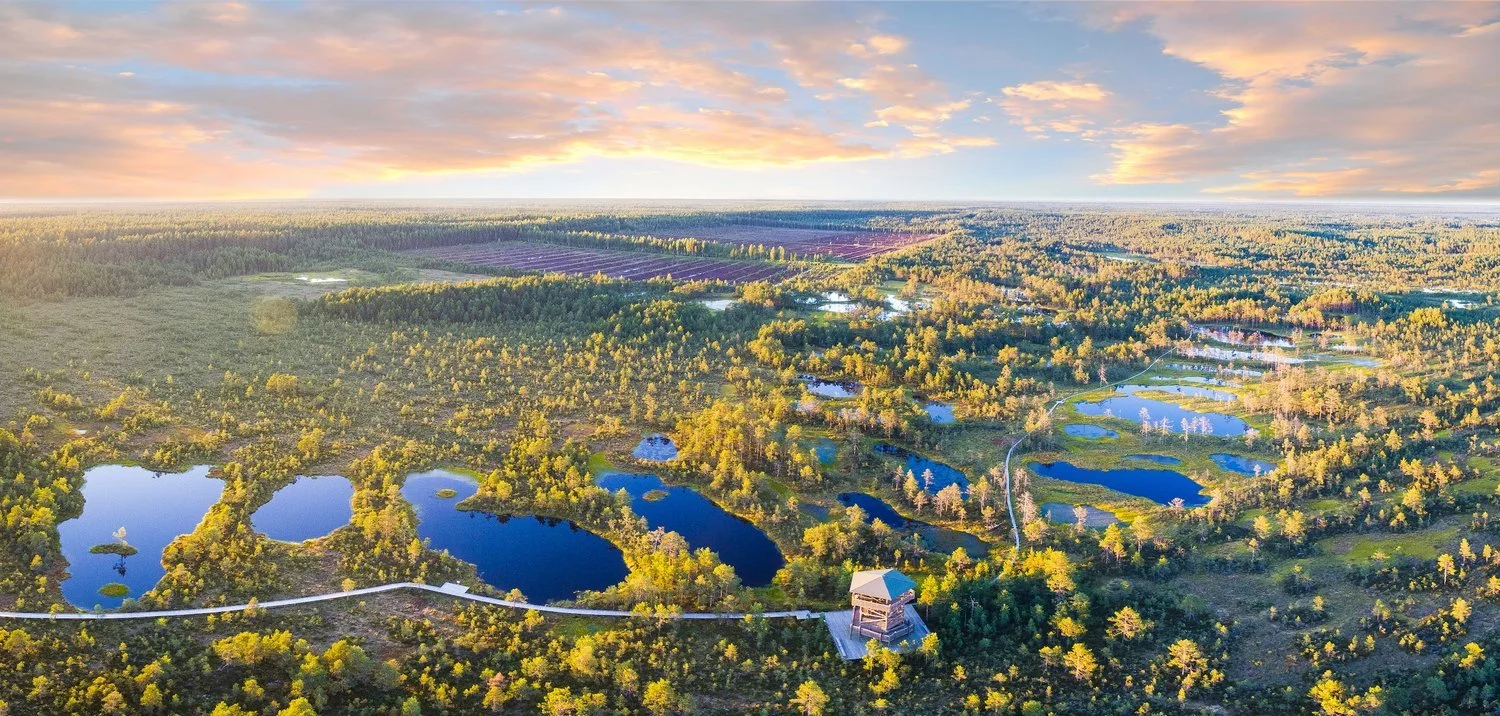
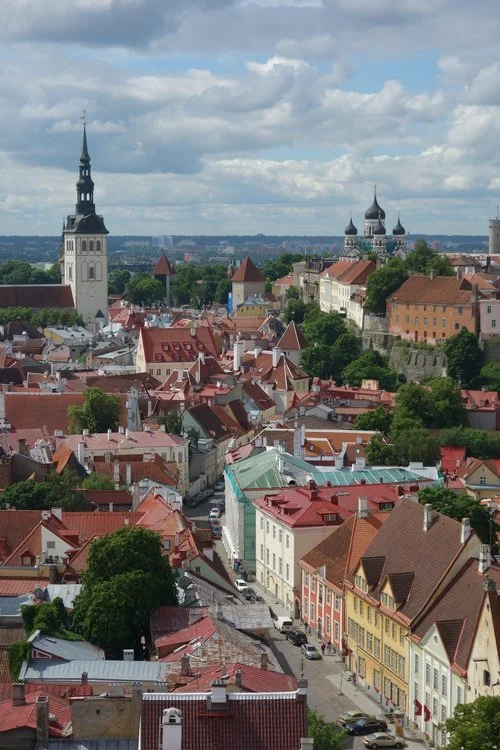
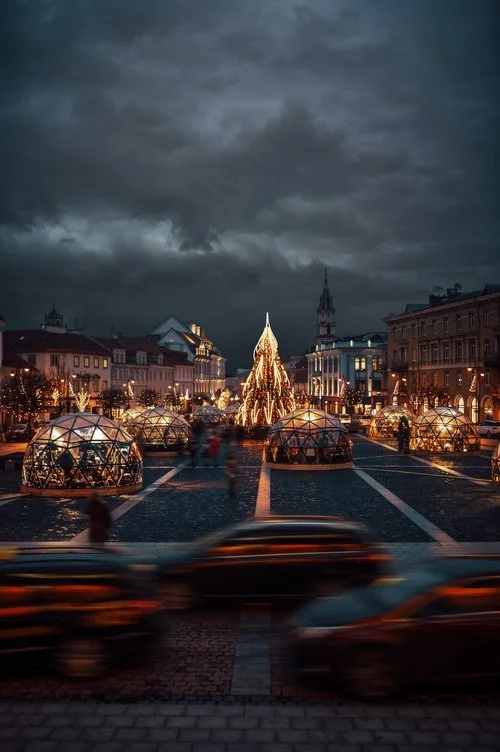

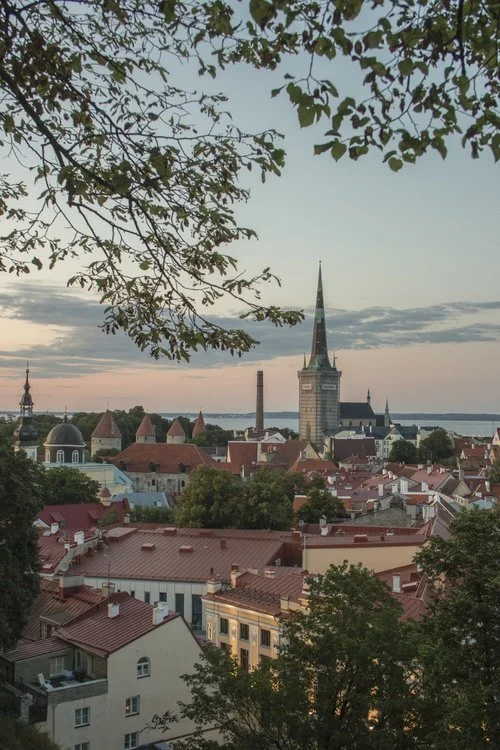
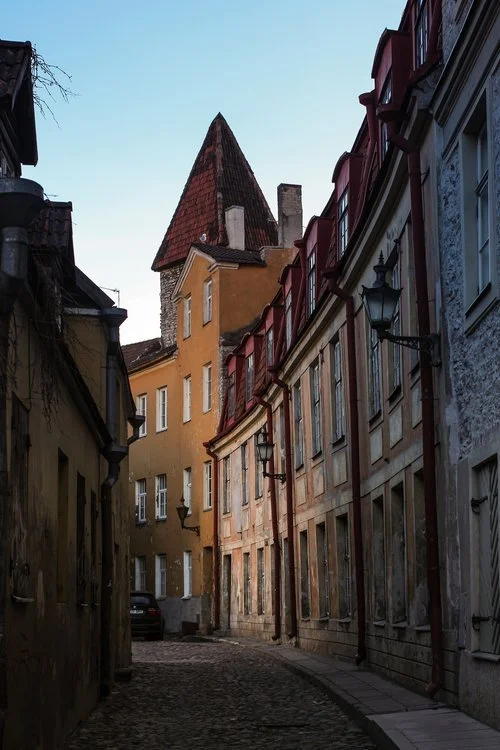
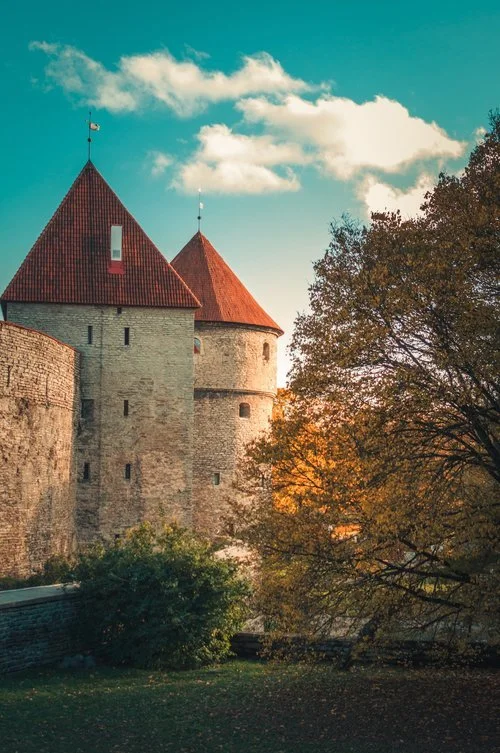


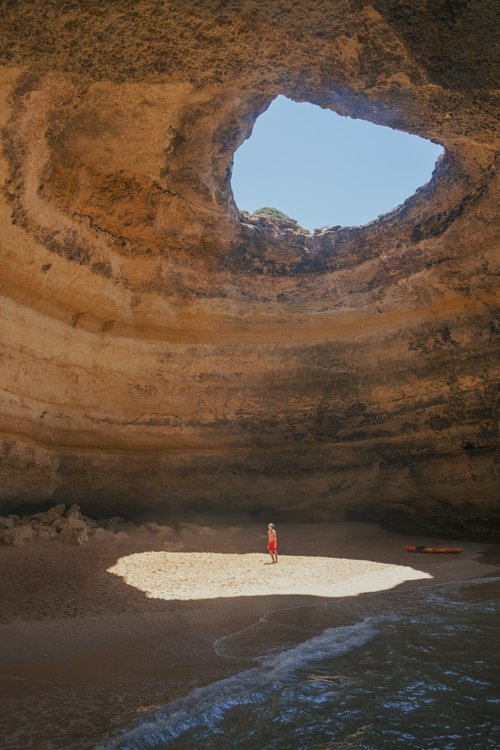
Rome is known for its historical monuments, colourful culture and delectable cuisine. There’s plenty to pack into your itinerary, but if you tire of Italy’s capital, escape on one of these day trips from Rome.